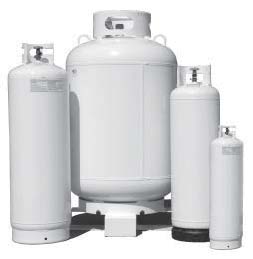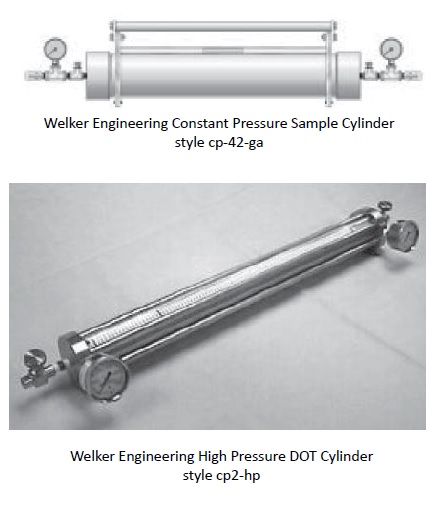American Welding & Gas, Inc. Welcomes Coastal Welding Supply to the AWG Family
Today we welcome the great teammates of Coastal Welding Supply & Specialty Gases to the AWG family.
 Multi-Component Hydrocarbon Mixtures
Multi-Component Hydrocarbon MixturesToday’s gas and oil industries are more demanding than ever. With critical specifications and tolerances tighter than ever, it is imperative, for continued top level operation, that gas and liquid standards be manufactured with the highest quality gases in the highest quality labs. Our hydrocarbon gases are manufactured to meet the most stringent requirements that our customers demand. Whether your hydrocarbon requirement is for a refinery, petrochemical plant, chemical plant, or gas processing plant you can depend on AWG's gases to meet your processing challenges with reliable gas standards the first time, every time. Five, ten, twenty or more components mixtures are routine for us. For pricing and delivery, please contact the nearest sales office with your mixture requirements.
Typical reference standards can include any or all of the following gases:
 Liquid Hydrocarbon Standards are often required for analysis of liquid petroleum gas or liquefied hydrocarbon streams.
Liquid Hydrocarbon Standards are often required for analysis of liquid petroleum gas or liquefied hydrocarbon streams.
Our liquid hydrocarbon standards are available in low pressure cylinders with dual valves and/or full length eductor tubes.
When the composition of these mixtures span a wide range of vapor pressures and boiling points, we recommend the use of Welker Piston Cylinders to provide constant supply pressure and limit fractionalization of the mixture.
These cylinders can supply up to 3600 PSI working pressure by applying equivalent nitrogen pressure to the gas side of the piston, thus maintaining the pressure and mixture you need.
Cylinders are available in several volumes and can be refilled.